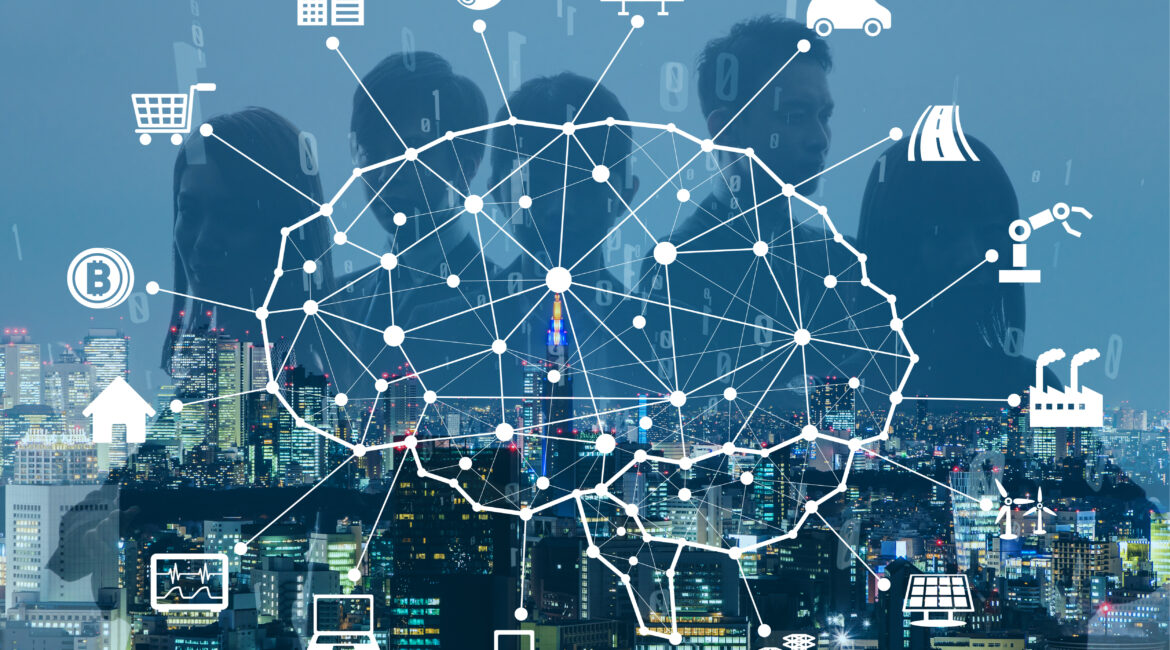The US Patent and Trademark Office has issued a document to provide detailed guidance on inventorship in the context of AI-assisted inventions. The guidance clearly states that inventions created with the assistance of artificial intelligence (AI) are not categorically unpatentable, but the document emphasizes that even if AI plays a role in the inventive process, patent law requires the recognition of human inventors, underscoring the value of human creativity in innovation.
The document also emphasises that the inability to list the AI system as an inventor does not amount to improper inventorship because the “statutes only require the naming of the natural persons who invented or discovered the claimed invention, irrespective of the contributions provided by an AI system”.
The guidance offers criteria for determining inventorship are based on the so-called pannu factors used for determining joint inventorship. These criteria will ensure that granted patents reflect the contributions made by natural persons. The non-limiting criteria are given:
- A natural person’s use of an AI system in creating an AI-assisted invention does not negate the person’s contributions as an inventor. The natural person can be listed as the inventor or joint inventor if the natural person contributes significantly to the AI-assisted invention
- Merely recognizing a problem or having a general goal or research plan to pursue does not rise to the level of conception. A natural person who only presents a problem to an AI system may not be a proper inventor or joint inventor of an invention identified from the output of the AI system. However, a significant contribution could be shown by the way the person constructs the prompt in view of a specific problem to elicit a particular solution from the AI system.
- Reducing an invention to practice alone is not a significant contribution that rises to the level of inventorship. Therefore, a natural person who merely recognizes and appreciates the output of an AI system as an invention, particularly when the properties and utility of the output are apparent to those of ordinary skill, is not necessarily an inventor. However, a person who takes the output of an AI system and makes a significant contribution to the output to create an invention may be a proper inventor. Alternatively, in certain situations, a person who conducts a successful experiment using the AI system’s output could demonstrate that the person provided a significant contribution to the invention even if that person is unable to establish conception until the invention has been reduced to practice.
- A natural person who develops an essential building block from which the claimed invention is derived may be considered to have provided a significant contribution to the conception of the claimed invention, even though the person was not present for or a participant in each activity that led to the conception of the claimed invention. In some situations, the natural person(s) who designs, builds, or trains an AI system in view of a specific problem to elicit a particular
solution could be an inventor, where the designing, building, or training of the AI system is a significant contribution to the invention created with the AI system. - Maintaining “intellectual domination” over an AI system does not, on its own, make a person an inventor of any inventions created through the use of the AI system. Therefore, a person simply owning or overseeing an AI system that is used in the creation of an invention, without providing a significant contribution to the conception of the invention, does not make that person an inventor
The USPTO also invites public feedback on the guidelines, indicating an ongoing dialogue about how AI intersects with intellectual property rights.





